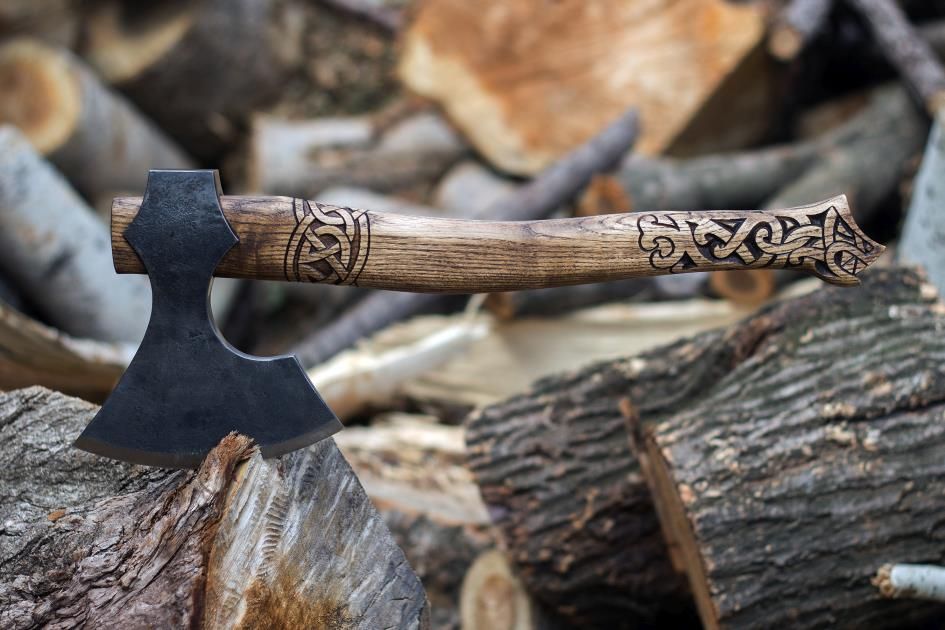Archaeological excavations have unearthed valuable insights into Viking history and culture, particularly in relation to their use of battle axes. Several notable discoveries provide a deeper understanding of how battle axes were utilized and their significance in Viking society. Here are three case studies showcasing such findings:
Case Study 1: The Gjermundbu Helmet and Axe
Discovery: In 1943, a burial mound near Gjermundbu, Norway, yielded a remarkable discovery: a well-preserved Viking helmet and a battle axe.
Significance:
- The battle axe found in the Gjermundbu burial is a prime example of a Wikinger axt, highlighting its dominance on the battlefield.
- The intricate design of the axe head showcased both practicality and artistry, with a curved blade and a pointed spike for versatility.
- This find illustrated the Vikings’ commitment to ensuring their warriors’ protection and power on the battlefield.
Case Study 2: The Mammen Axe
Discovery: Discovered in a grave at Mammen, Denmark, in 1868, the Mammen Axe is a masterpiece of Viking weaponry.
Significance:
- The Mammen Axe exemplifies the ornate craftsmanship that Vikings applied to their battle axes. The intricate silver and gold inlays depict mythological scenes and animals.
- This artifact offers insights into the Vikings’ storytelling tradition and their integration of symbolism into their weapons.
- The Mammen Axe showcases how battle axes were not only functional tools but also symbols of status and cultural identity.

Case Study 3: The Birka Warrior Burial
Discovery: A high-status warrior burial at Birka, Sweden, dating to the 10th century, revealed an array of weapons including battle axes.
Significance:
- The inclusion of Wikinger axt among other weapons emphasizes their importance in Viking warfare and the varied combat scenarios they were designed for.
- The Birka burial illustrates the significance of weaponry as an indicator of social rank. The presence of battle axes emphasized the warrior’s status and martial prowess.
- By studying the arrangement and types of weapons in such burials, archaeologists gain insights into Viking combat strategies and the role of different weapons in battle.
Conclusion:
Archaeological discoveries of Viking battle axes provide a tangible link to the past, shedding light on how these weapons were crafted, wielded, and revered in Viking society. These case studies highlight the battle axe’s role as both a practical tool of war and a symbol of status, culture, and craftsmanship. Through such findings, we gain a deeper appreciation for the significance of battle axes in shaping Viking history and understanding their martial culture.




